Aftercare Tips for Spring Bulbs
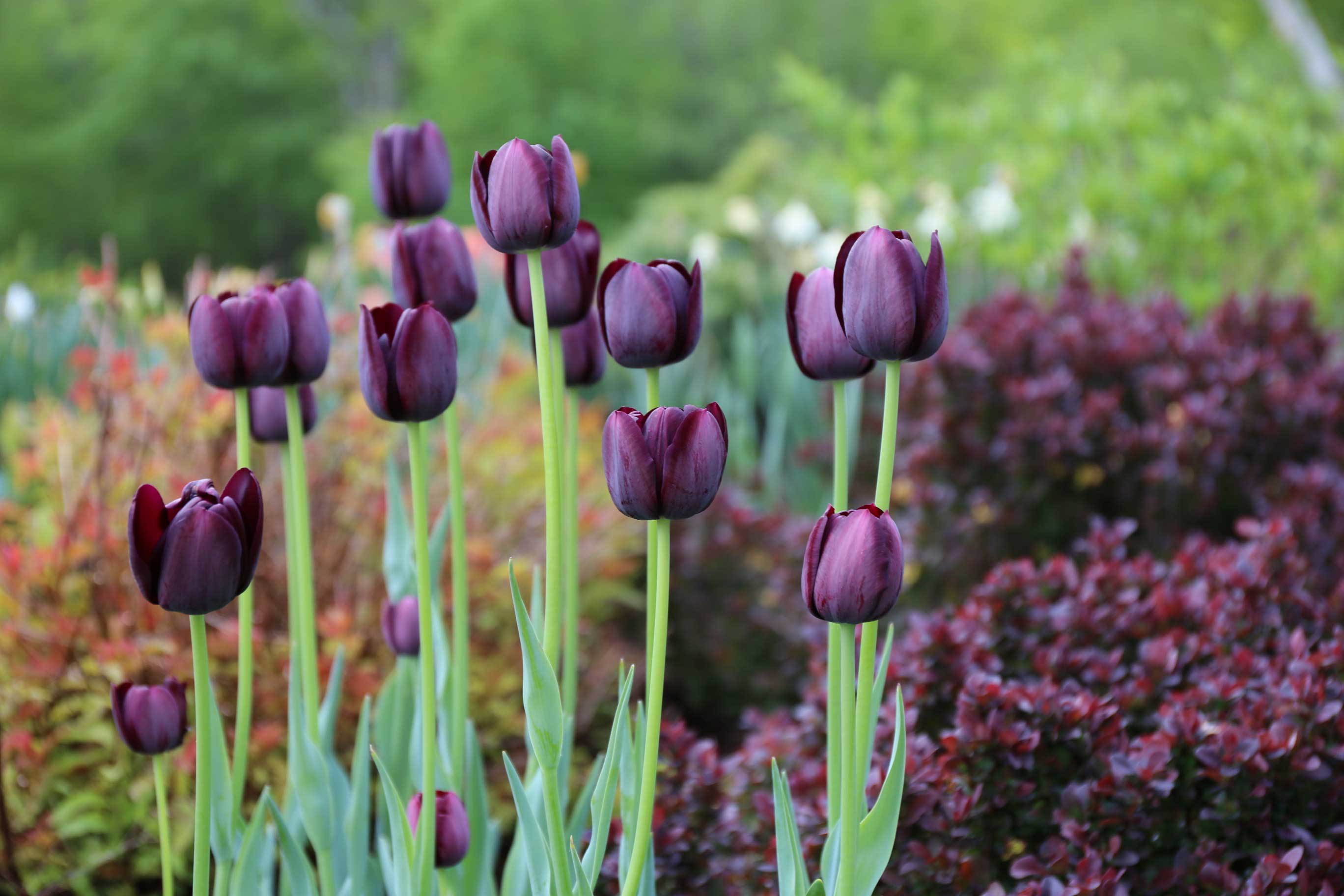
When the spring bulb season comes to an end, gardeners often wonder what to do about the spent flowers and fading foliage. The answer depends on whether you are treating the bulbs as annuals or perennials.
Spring bulbs as annuals
Though most spring bulbs are hardy perennials and will return year after year, many people plant fresh bulbs every fall. If that’s your plan, simply use a garden fork to “lift” the spent plants after they finish blooming (bulb and all) and add them to your compost pile. Potted bulbs can also be discarded. Part of the fun of spring bulbs is being able to plant something new each year.
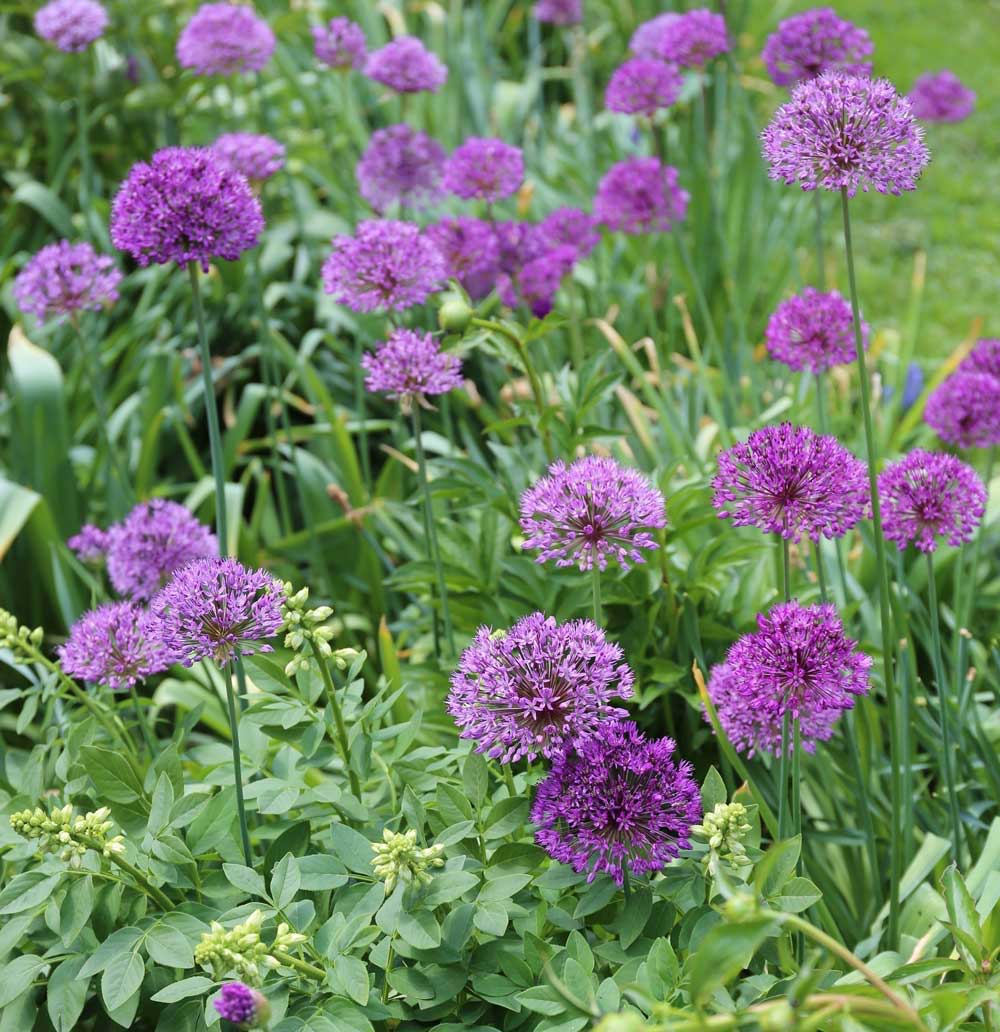
Spring bulbs as perennials
Small bulbs such as snowdrops, crocus, chionodoxa, scilla and muscari are perennials that rebloom reliably and often multiply. That’s true for most daffodils and alliums as well. Hyacinths will usually bloom for two or even three years, though the size of the flowers will gradually decline.
Tulips are less predictable. Whether they rebloom or not depends on the growing conditions in your yard and the species or even the variety of tulip you plant.
When tulip bulbs get large enough to produce big flowers, they have a tendency to split. If you have ever dug up some bulbs after they bloomed, you have probably seen this yourself. Once a tulip bulb splits, it usually doesn’t have the energy to produce a full size blossom.
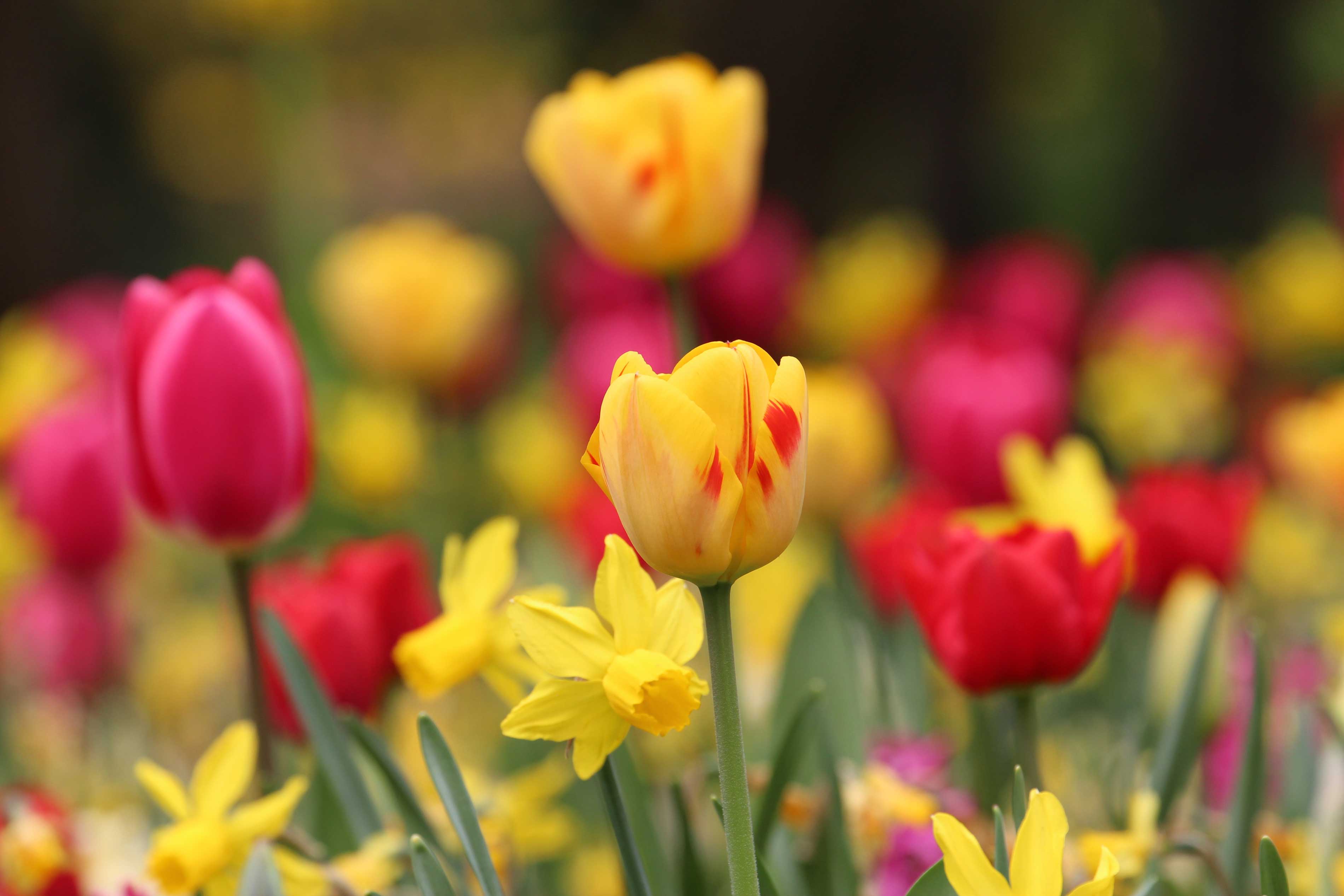
In Holland, commercial bulb growers are able to produce large tulip bulbs by growing them under very carefully controlled conditions. Sandy, well drained soil is essential, as are warm, dry summers. If you can replicate these growing conditions, your tulips may behave like perennials. Some types of tulips are are also less prone to splitting and more likely to perennialize. These include most species tulips, Darwin hybrids, emperor tulips and some triumph tulips tulips.
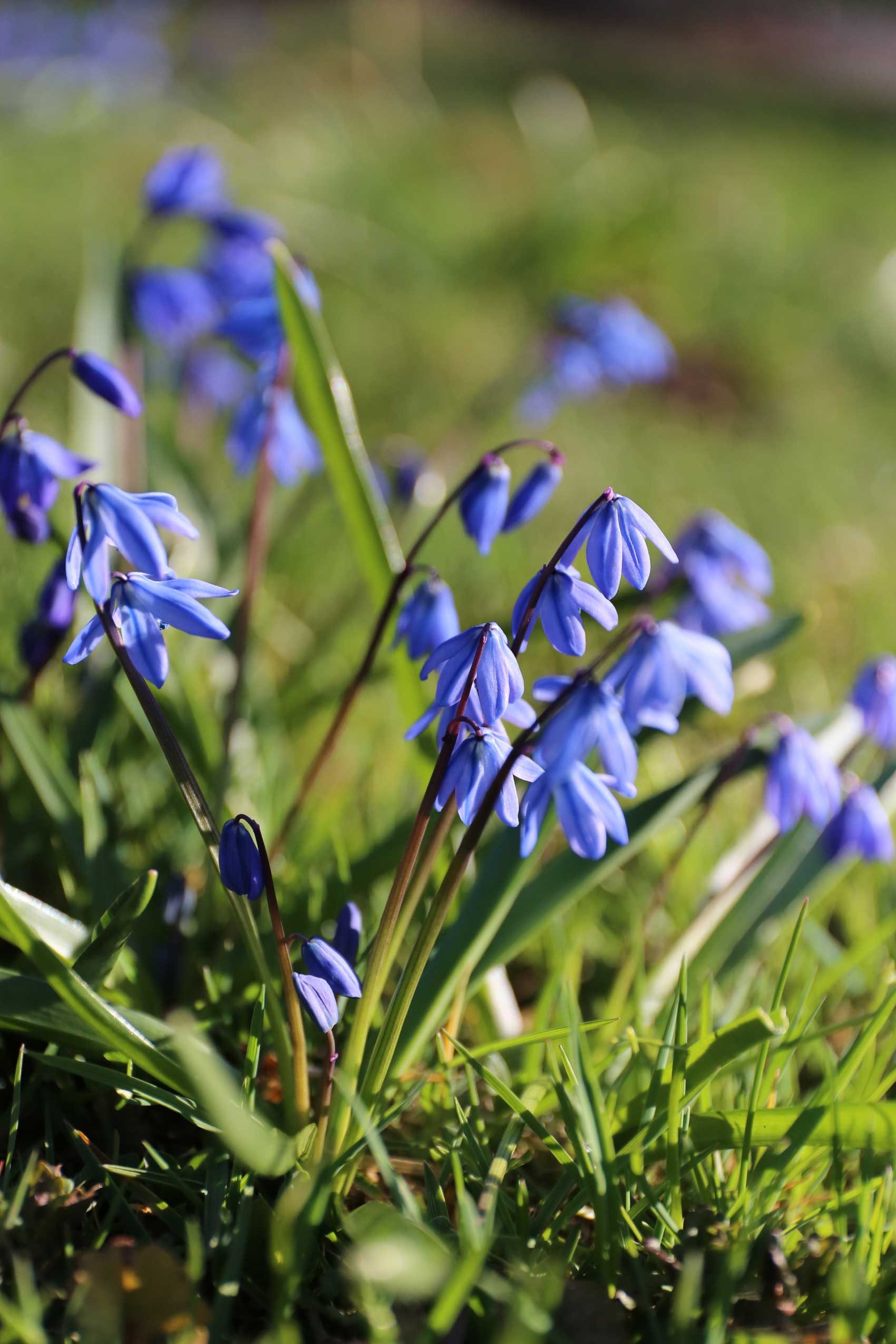
Removing spent flowers
If you want your tulips, daffodils, hyacinths and alliums to bloom again, it’s best to snip off the flower heads as soon as they fade. Your garden will look neater and you’ll be encouraging more energy to go back into the bulbs. Smaller bulbs (crocus, muscari, scilla, snowdrops) multiply by seed as well as by bulb offsets, so it’s best to leave those flowers attached and let them ripen their seeds.
Removing or hiding spent foliage
Bulbs use their foliage to produce energy for next year’s flowers. If you want your bulbs to rebloom, it’s important to leave the foliage attached to the bulb until it has withered and turned yellow. This may take a few weeks or a few months, depending on the weather and the type of bulb. When the foliage is totally limp and you can pull it out with a gentle tug, it’s ready to go.
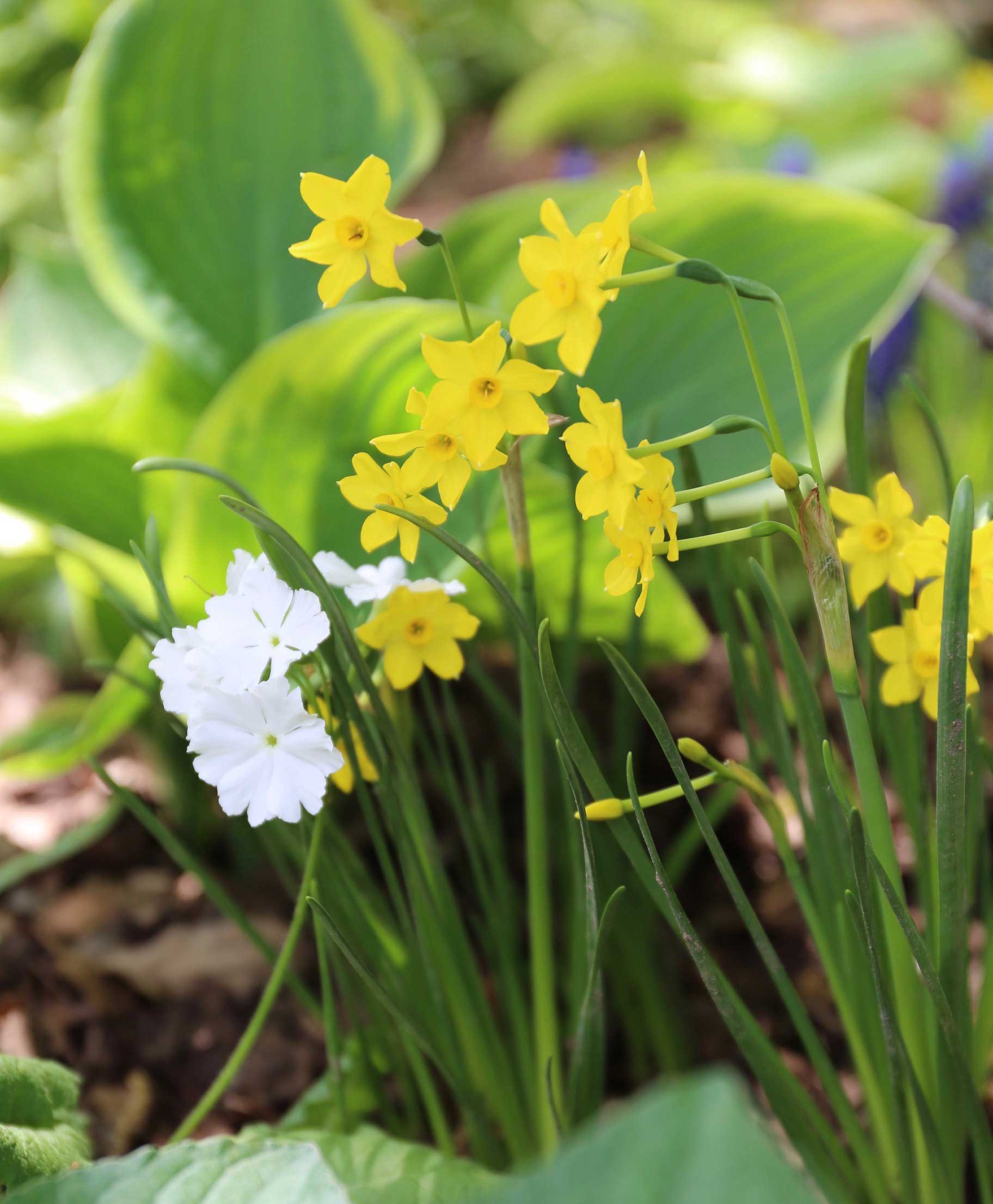
The foliage of early bulbs such as chionodoxa and scilla, fades away quickly. Larger bulbs take longer. There are several ways to cope with ripening foliage. In perennial gardens, you can use nearby plants to hide the leaves. Hostas, daylilies, nepeta and perennial geraniums are a few of the perennials that are good at hiding spent bulb foliage. Click here for some recommended bulb-perennial pairings based on field tests at Cornell University.
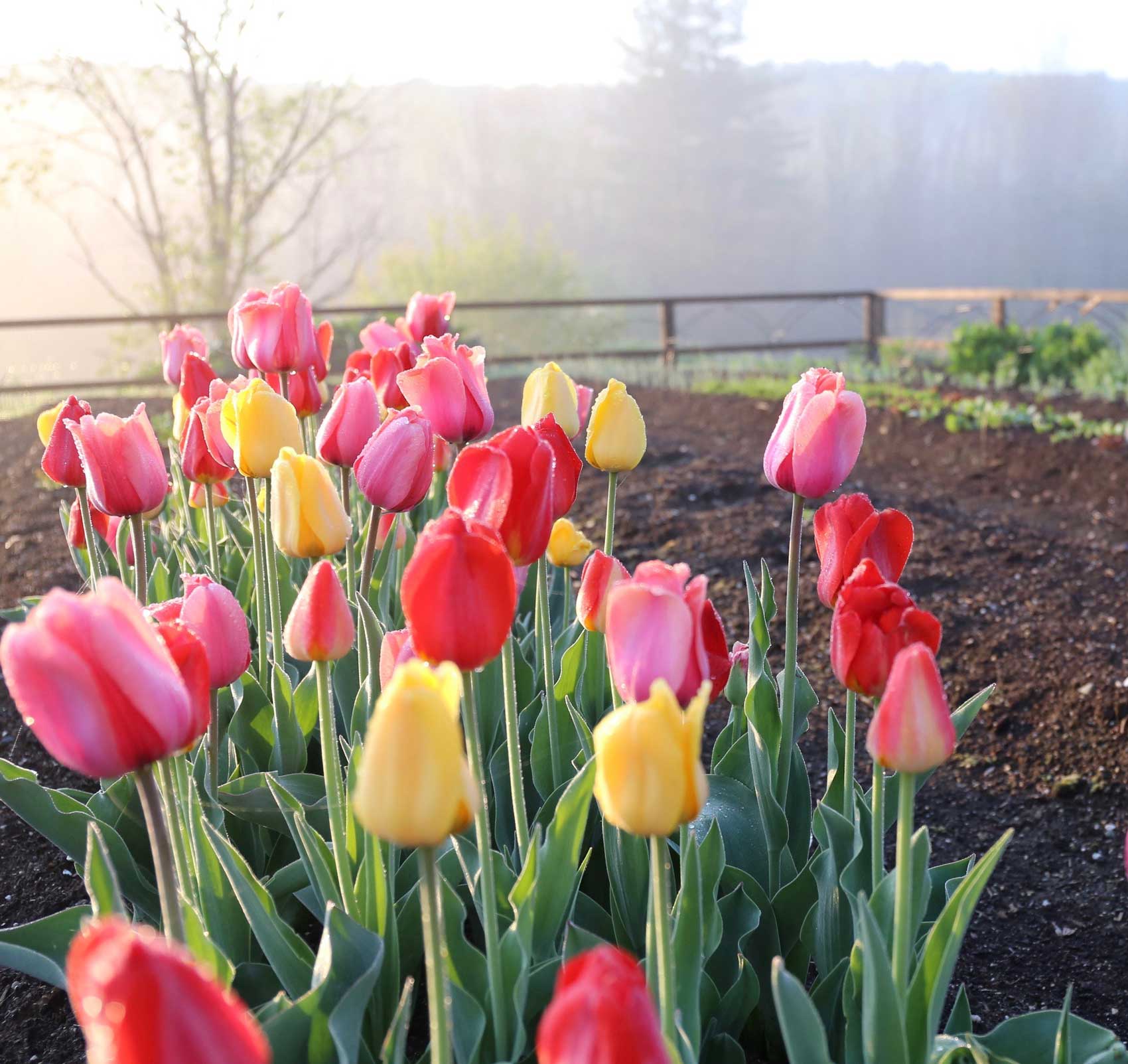
Other options including planting tulips in a cutting garden or even in your vegetable garden. Alliums and daffodils are ideal for wilder areas where their ripening foliage will be out of sight. It’s also possible to dig up your spring bulbs when they have finished flowering and plant them – with their foliage – in another part of your yard or in a holding bed until fall.
Now, while spring is still fresh in mind, is a great time to reserve next year’s bulbs. You can be sure to get the varieties you want, and you won’t be charged until your bulbs are shipped at proper planting time in the fall. See all our fall-planted bulbs at www.longfield-gardens.com
You might also be interested in reading How to Plan a Spring Bulb Garden and How to Naturalize Spring-Blooming Bulbs.

